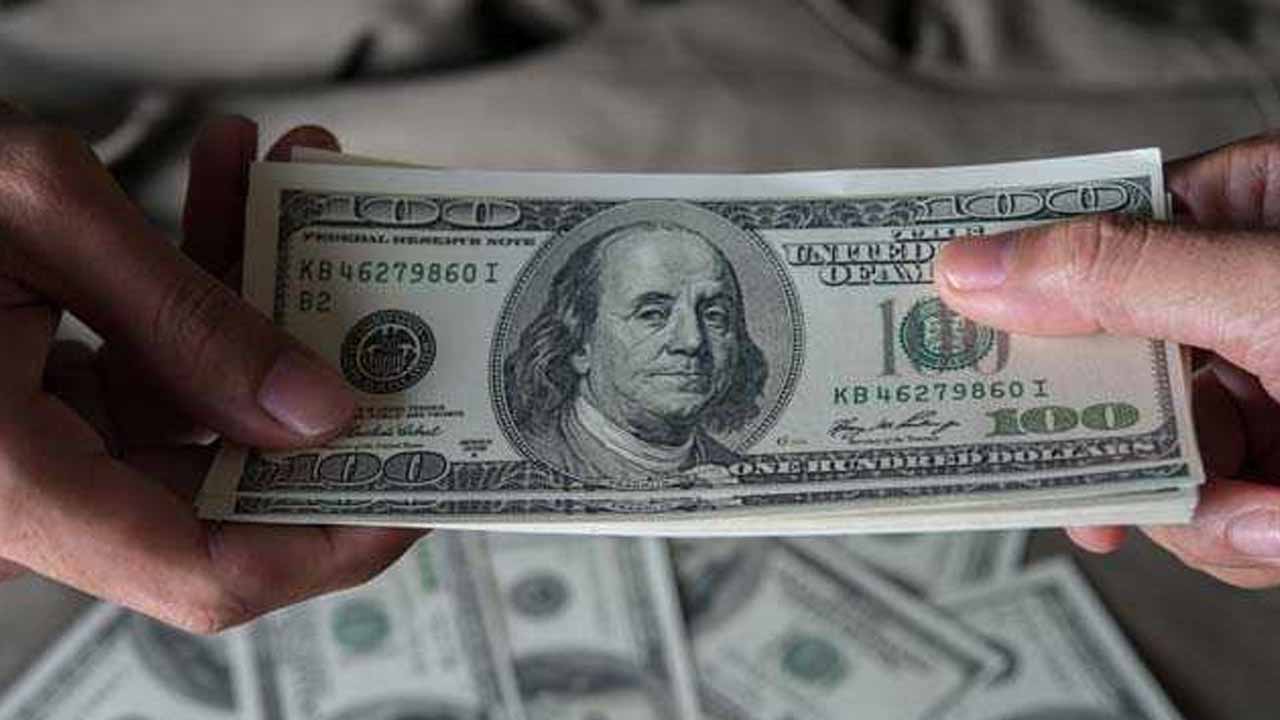In the open market, the US dollar surged to new highs against the rupee, reaching 325 during trade.
The rupee was quoted at 325 for selling and 322 for buying purposes for clients in the open market on Wednesday, up from 323 and 320 on Tuesday.
“The rise in the open-market USD rate is attributed to the ongoing depreciation in the inter-bank,” a currency dealer told Business Recorder.
The rupee has dropped more versus the US dollar on the interbank market.
Mustafa Pasha, Chief Investment Officer, Lakson Investments Limited, told Business Recorder that the open market is prone to quick volatility and sharp fluctuation because these markets are quite narrow.
“The main market is inter-bank, but it remains entwined with IMF conditions, namely maintaining a 1.25% gap between inter-bank and open-market rates while easing import controls, which has led to demand for the dollar.”
“The main market is inter-bank, but it remains entwined with IMF conditions, namely maintaining a 1.25% gap between inter-bank and open-market rates while easing import controls, which has led to demand for the dollar.”
“As a result, the interbank market is under pressure, which is reflected in the open market,” he explained.
Under one of the IMF’s structural standards, the spread between interbank and open market rates must be less than 1.25%.
However, the gap – termed the premium by the IMF in its country report on Pakistan released following the Executive Board’s adoption of the Stand-By Arrangement – has been rising in recent weeks.
“The government must maintain control over the open market,” Pasha said, adding that “the best option here is for it to arrange US dollar inflows from its bilateral and multilateral partners.”
Meanwhile, another economic expert characterised the rise in the open-market USD rate as a positive indicator. “It will ensure that remittance inflows through formal channels remain consistent, which is critical for the cash-strapped economy,” the analyst said.






